- Introduction
- Historical Background
- Renaissance Art: Central Themes
- Famous Artists and Works of the Renaissance
- The Impact of the Renaissance Revolution
- Conclusion
- Keywords:
- Key Takeaways
- Frequently Asked Questions
- How did the cultural shifts during the Renaissance influence the development of modern Western societies?
- How did the Renaissance contribute to the Scientific Revolution?
- What was the role of the Church in the Renaissance period?
- What impact did the printing press have on the spread of Renaissance ideas?
- Why are Leonardo, Michelangelo, and Raphael considered the epitome of Renaissance artists?
- How does Renaissance art differ from Medieval art?
- How did the city-states of Italy contribute to the Renaissance?
- What is the significance of artists signing their works during the Renaissance?
- What are some of the key techniques developed during the Renaissance, and how did they influence later art?
- How has the legacy of the Renaissance influenced contemporary society?
- Common Misconceptions:
Introduction
The Renaissance, a French term that means ‘rebirth’, was a transformative period in the timeline of human civilization. As a cultural, artistic, political, and intellectual revolution, it marked the transition from the Middle Ages to modernity, heralding the birth of a new era in art. Let us embark on a journey to explore the Renaissance Revolution, uncovering the profound changes it introduced in artistic expression, cultural consciousness, and intellectual exploration.
Historical Background
The Renaissance began in Italy during the 14th century and lasted until the 17th century, fostering an epoch of unprecedented artistic production. The catalyst for this period was a series of societal changes: the aftermath of the plague, the fall of the Byzantine Empire, and the burgeoning influence of wealthy and powerful Italian city-states, notably Florence.
The Renaissance marked a departure from the religious and communal themes prevalent in the Middle Ages. Inspired by the revived interest in Greco-Roman culture, Renaissance artists emphasized humanism, individualism, and naturalism in their works. Thus, they initiated a revolution, giving birth to an era where art was no longer bound by theocratic confines but was, instead, a reflection of human intellect, creativity, and emotion.
Renaissance Art: Central Themes
Humanism:
This is the cornerstone of Renaissance art. Humanism involves a renewed interest in ancient Greek and Roman thought, emphasizing human potential and achievements. Artists began to portray humans as dignified, emotional entities in realistic and dynamic environments. This led to a shift in how people were represented in art, moving away from stylized, formal, and stiff figures of the Middle Ages to realistic, natural, and human-focused depictions.
Realism and Naturalism:
Renaissance artists devoted themselves to studying the natural world and humans. They aspired to achieve realistic representations of three-dimensional spaces on flat surfaces, contributing to the development of linear perspective. Pioneers like Filippo Brunelleschi revolutionized spatial representation, granting their works an illusion of depth and volume. Simultaneously, artists started to depict light and its effect on different surfaces, pioneering the technique of chiaroscuro.
Individualism:
The Renaissance period celebrated individual potential and personal achievement. As such, artists often signed their works, a departure from Medieval times when art was an anonymous collective effort. This shift underlines the increased status of artists, now regarded as creative intellectuals rather than mere craftsmen.
Famous Artists and Works of the Renaissance
Leonardo da Vinci:
Hailed as the epitome of the Renaissance Man, da Vinci’s curiosity extended beyond art. His paintings, ‘Mona Lisa’ and ‘The Last Supper’, stand as iconic testaments to his mastery of the techniques of the Renaissance, especially chiaroscuro and sfumato.
Michelangelo Buonarroti:
A sculptor, painter, and architect, Michelangelo is renowned for his lifelike sculptures and monumental frescoes. His sculpture ‘David’ is a manifestation of Renaissance humanism, while the frescoes on the ceiling of the Sistine Chapel encapsulate the era’s narrative grandeur.
Raphael Sanzio:
Raphael’s work, characterized by serene and harmonious compositions, often depicted the classical spirit of the Renaissance. His fresco ‘The School of Athens’ represents the pinnacle of the humanist philosophy.
The Impact of the Renaissance Revolution
The Renaissance revolutionized art by reintroducing forgotten techniques from antiquity, emphasizing human potential, and expanding the subject matter beyond religious narratives. But its influence wasn’t limited to art alone.
In conjunction with the rise of humanism, the Renaissance period played a significant role in shaping modern Western philosophy. Thinkers began to question the church’s teachings and authority, fostering a spirit of intellectual curiosity and skepticism that fueled the Scientific Revolution.
Moreover, the Renaissance was instrumental in democratizing knowledge. With the invention of the printing press, information became more accessible, fostering literacy and enabling the spread of new ideas across Europe.
Conclusion
The Renaissance Revolution was a seminal period in art history, birthing a new era of humanistic and realistic artistic expression. It was a time when art leapt from the pages of religious manuscripts into the realm of human experience, becoming a mirror of society rather than a mere conduit for religious narratives.
The echoes of the Renaissance Revolution still resonate today, centuries after the last strokes of the masters. It has left an indelible mark on art history, paving the way for future movements and shaping our understanding of the power and purpose of art.
In the end, the Renaissance was a phoenix – a rebirth that emerged from the ashes of the Middle Ages, illuminating the world with its artistic brilliance and intellectual prowess. It was an era that forever changed the landscape of art, giving it new life, new forms, and new meanings.
Keywords:

- Renaissance: A cultural and artistic movement that occurred in Europe from the 14th to the 17th centuries, marking a transition from the Middle Ages to Modernity.
- Humanism: A philosophical stance that emphasizes the value and agency of human beings, preferring critical thinking and evidence over dogma or superstition.
- Realism: In the context of art, it refers to the accurate, detailed, and unembellished depiction of nature or contemporary life.
- Naturalism: An artistic movement that aims to represent objects and people realistically, without artificiality or artistic convention.
- Individualism: A social theory favoring freedom of action for individuals over collective or state control.
- Chiaroscuro: An Italian term that translates to ‘light-dark’, used to describe the dramatic effect of contrasting areas of light and dark in an artwork.
- Leonardo da Vinci: An Italian polymath of the High Renaissance who is widely considered one of the greatest painters of all time.
- Michelangelo Buonarroti: An Italian sculptor, painter, and architect, considered one of the greatest artists in the history of Western art.
- Raphael Sanzio: An Italian painter and architect of the High Renaissance, celebrated for the perfection and grace in his artwork.
- Printing press: A device for applying pressure to an inked surface resting upon a print medium, thereby transferring the ink, marking a revolution in the spread of information.
Key Takeaways

- The Renaissance marked a major turning point in human civilization, bringing about a shift in societal, artistic, and intellectual norms from the Middle Ages to modernity.
- Central themes of Renaissance art include humanism, realism, naturalism, and individualism.
- Notable artists such as Leonardo da Vinci, Michelangelo Buonarroti, and Raphael Sanzio significantly influenced the development of the Renaissance.
- The Renaissance resulted in important societal changes, including a shift towards skepticism of religious authority, the democratization of knowledge, and a new emphasis on individual achievement.
- The legacy of the Renaissance still resonates today, influencing contemporary art, philosophy, and societal structures.
Frequently Asked Questions

How did the cultural shifts during the Renaissance influence the development of modern Western societies?
The cultural shifts during the Renaissance laid the foundation for modern Western societies in numerous ways. It championed the concepts of humanism and individualism, promoting the idea that humans have immense potential for growth and achievement. This led to an increased focus on human rights, freedom of thought, and individual liberty – pillars of modern Western societies.
How did the Renaissance contribute to the Scientific Revolution?
The Renaissance’s emphasis on humanism and critical thinking created an environment conducive to scientific inquiry. The revival of ancient Greek and Roman texts introduced Europe to empirical and logical thinking, ultimately contributing to the Scientific Revolution.
What was the role of the Church in the Renaissance period?
Despite the humanistic shift, the Church remained a significant patron of the arts during the Renaissance. Many of the era’s masterpieces were commissioned by the Church and often contained religious themes, albeit with a more humanistic approach.
What impact did the printing press have on the spread of Renaissance ideas?
The invention of the printing press played a crucial role in the dissemination of Renaissance ideas. It made books cheaper and more accessible, which led to an increase in literacy rates and allowed the new ideas of the Renaissance to spread rapidly throughout Europe.
Why are Leonardo, Michelangelo, and Raphael considered the epitome of Renaissance artists?
Leonardo, Michelangelo, and Raphael are considered the epitome of Renaissance artists because they embraced and exemplified the key themes of the era in their works: humanism, individualism, realism, and naturalism. Their works displayed a nuanced understanding of human anatomy, emotion, and perspective, which marked a significant departure from the stylized figures of the Middle Ages.
How does Renaissance art differ from Medieval art?
Renaissance art differs from Medieval art primarily in its focus on realism, perspective, and humanism. Medieval art, with its roots in the Church, often displayed religious scenes in a highly stylized and symbolic manner. In contrast, Renaissance art focused on accurately depicting the natural world and human experience, often using techniques such as linear perspective and chiaroscuro.
How did the city-states of Italy contribute to the Renaissance?
The wealthy city-states of Italy, particularly Florence, were instrumental in the rise of the Renaissance. Their affluence enabled them to be significant patrons of the arts, commissioning works from many of the era’s most renowned artists.
What is the significance of artists signing their works during the Renaissance?
The act of artists signing their works signified a shift in the perceived status of artists in society. They were no longer viewed simply as craftsmen, but as intellectuals and creators in their own right. This recognition of individual achievement is a hallmark of the Renaissance.
What are some of the key techniques developed during the Renaissance, and how did they influence later art?
Techniques such as linear perspective, chiaroscuro, and anatomical realism were developed during the Renaissance. These innovations had a profound influence on later art, providing artists with a more diverse toolkit to represent the world around them and helping to shape movements such as Baroque and Realism.
How has the legacy of the Renaissance influenced contemporary society?
The legacy of the Renaissance has greatly influenced contemporary society, particularly in terms of philosophy and art. The humanistic principles championed during the Renaissance have shaped modern values around individual rights and the importance of human life. In terms of art, the techniques and styles developed during the Renaissance continue to be foundational in art education and practice.
Common Misconceptions:

Renaissance art only depicted religious themes.
While religion was a significant theme in Renaissance art, it also embraced secular subjects, exploring mythology, portraiture, and scenes from daily life.
The Renaissance was a sudden shift in artistic style.
In reality, the transition from Medieval to Renaissance art was gradual, with many artists incorporating elements of both styles in their work.
Renaissance artists were revered during their lifetimes.
This is not always true. While some artists enjoyed fame, many struggled financially and didn’t achieve recognition until after their deaths.
The Renaissance was an Italy-centric movement.
While the Renaissance began in Italy, its influence spread throughout Europe, and different regions developed their own distinct styles.
The Renaissance period was marked by peace and prosperity.
Although it was a period of great cultural growth, the Renaissance also saw political unrest, warfare, and social inequality.
Artists during the Renaissance were only men.
Women were also artists during the Renaissance, but their contributions have often been overlooked due to societal norms of the time.
Humanism rejected religion.
Despite emphasizing human potential, humanism did not reject religion. Many humanists were devout Christians, and humanistic thought often sought to reconcile Christian theology with classical philosophy.
All Renaissance art is realistic.
While a major shift toward realism occurred during the Renaissance, not all artwork from this period strictly adhered to realistic principles.
The Renaissance was a global phenomenon.
The Renaissance was predominantly a European phenomenon, although its influence eventually reached other parts of the world through colonization and trade.
The invention of linear perspective in the Renaissance meant all art before was flat.
Pre-Renaissance art did utilize perspective, but it was often more symbolic than mathematical. The Renaissance refined perspective into a consistent, systematized technique.
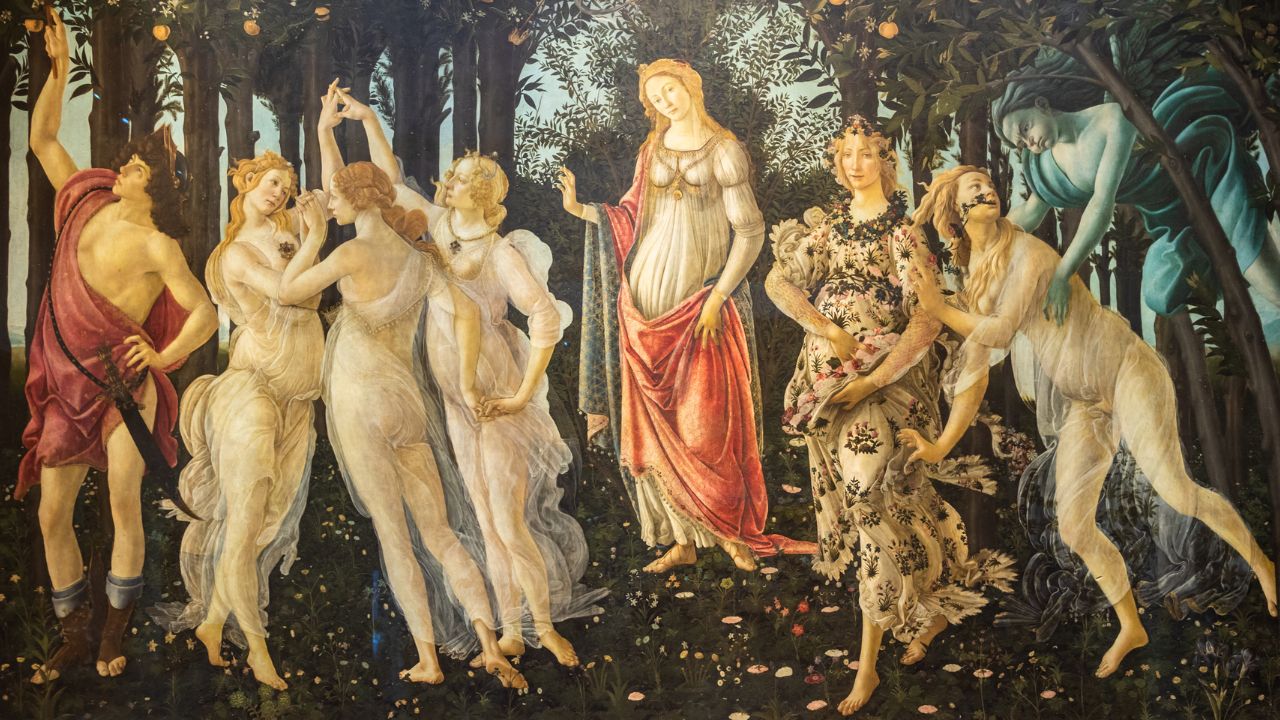

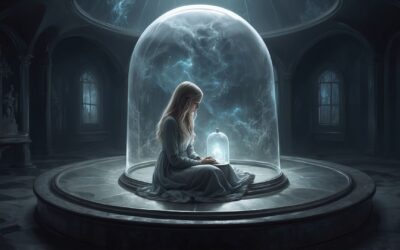
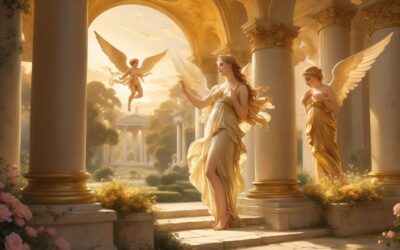

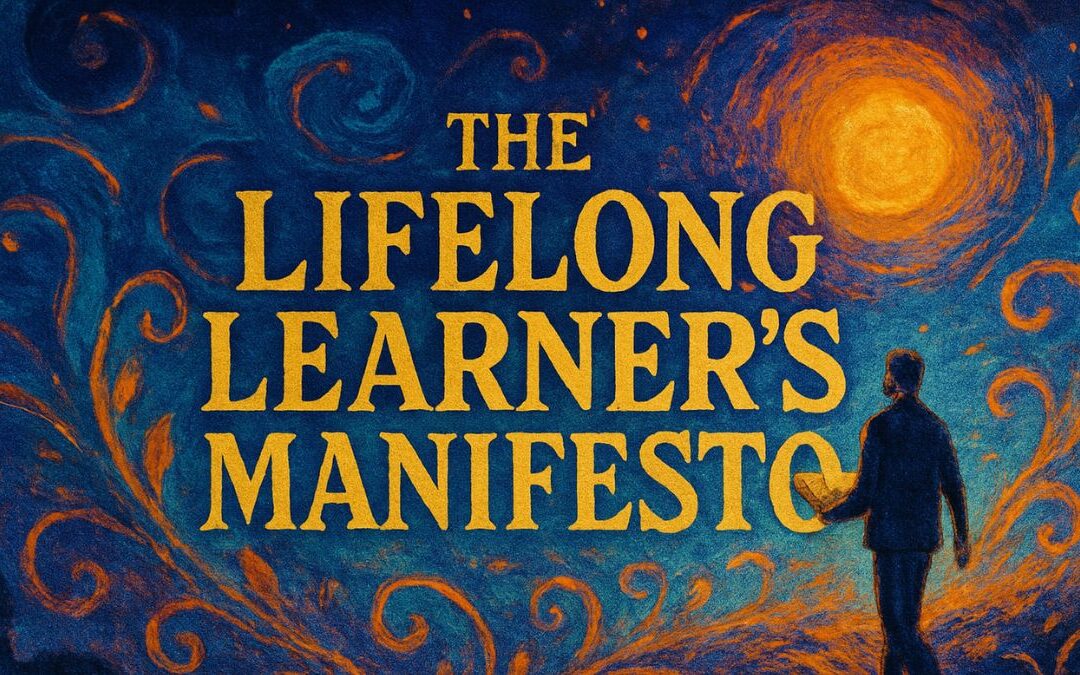
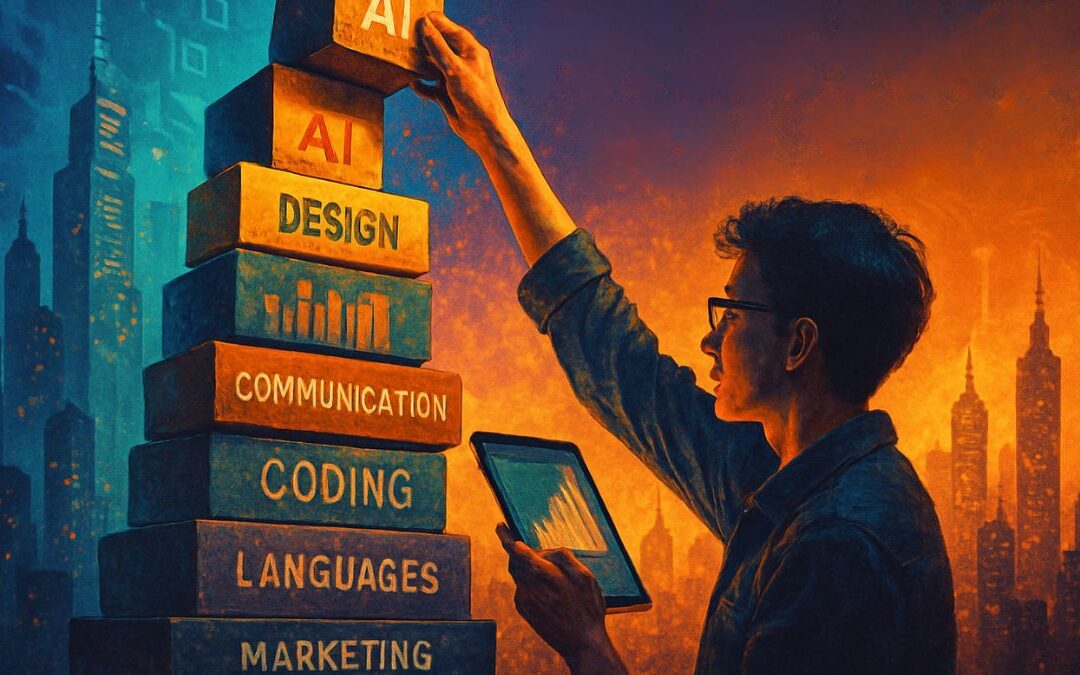
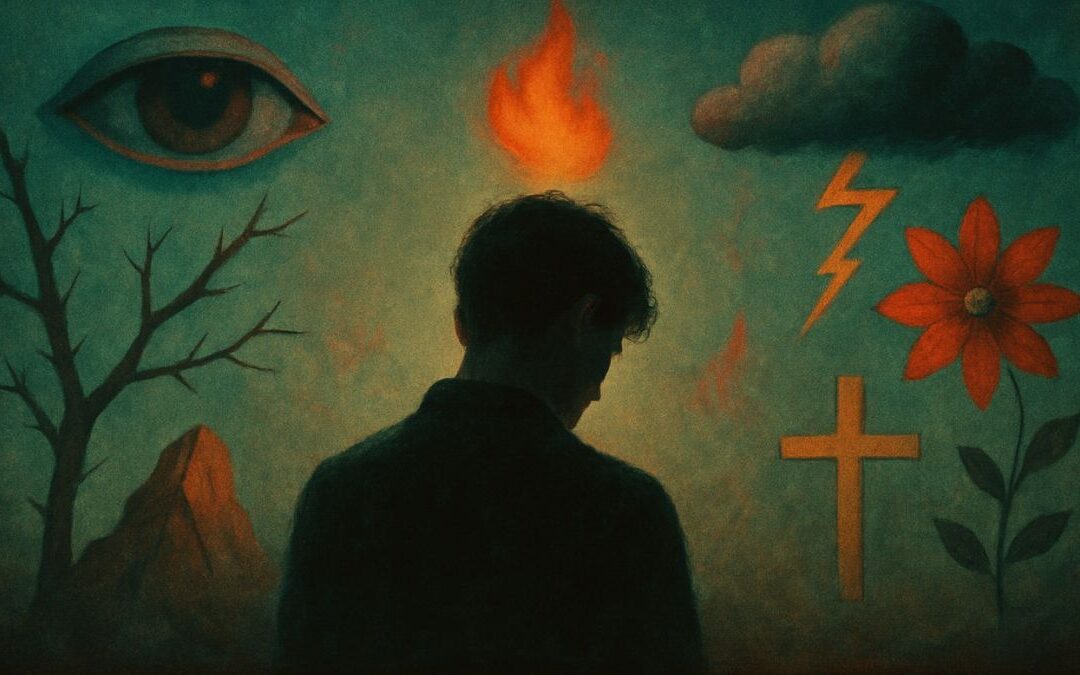
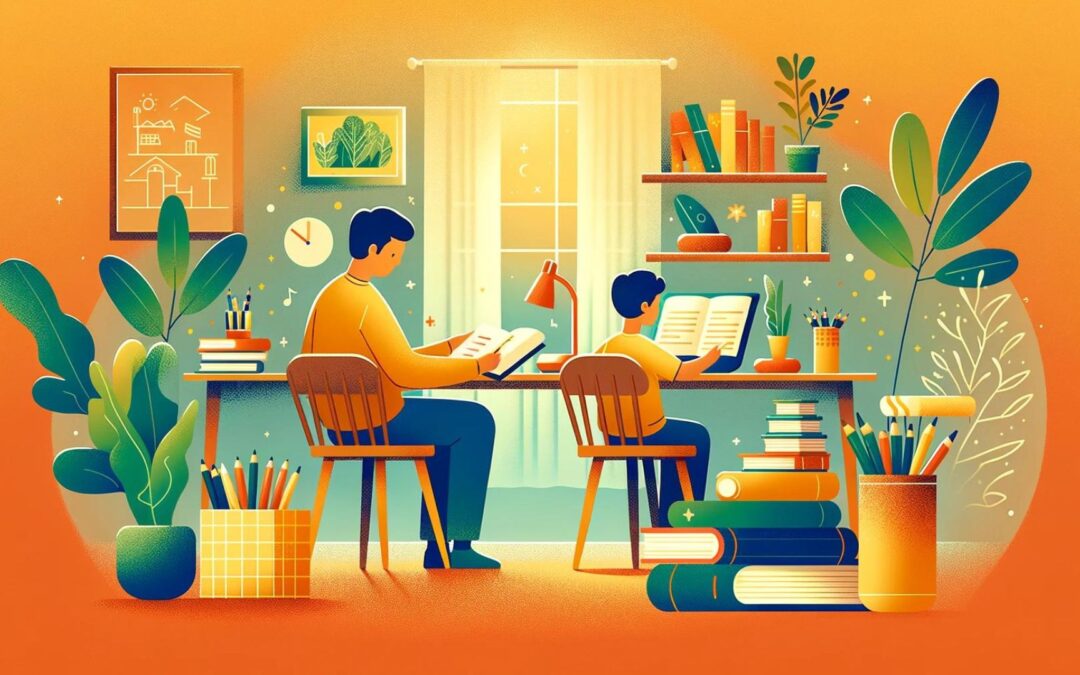
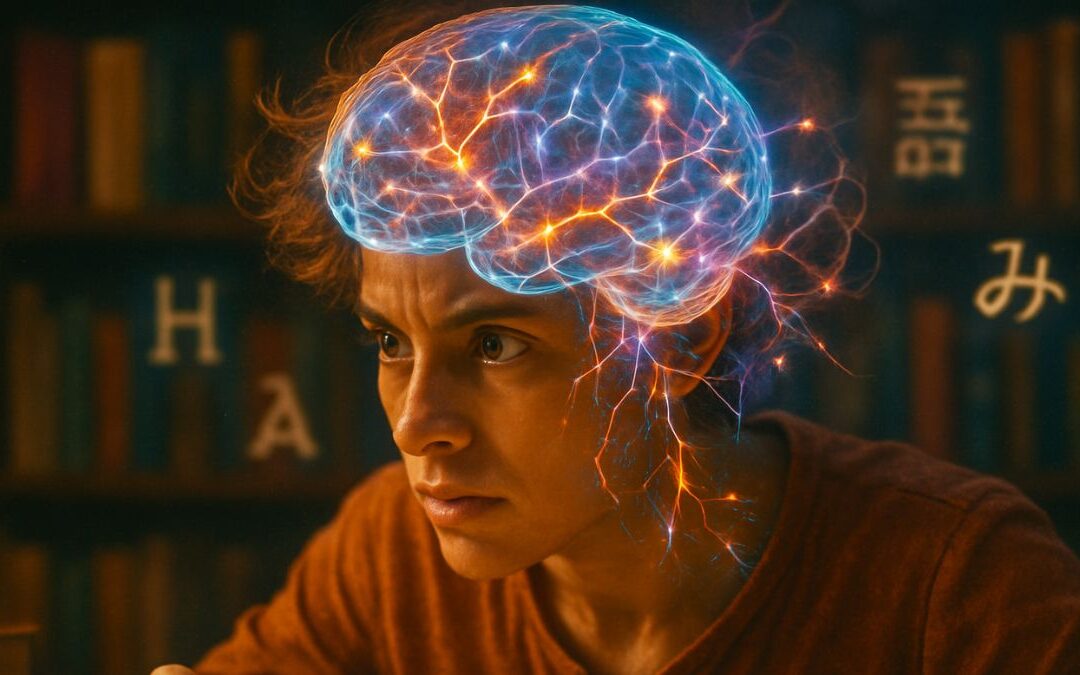
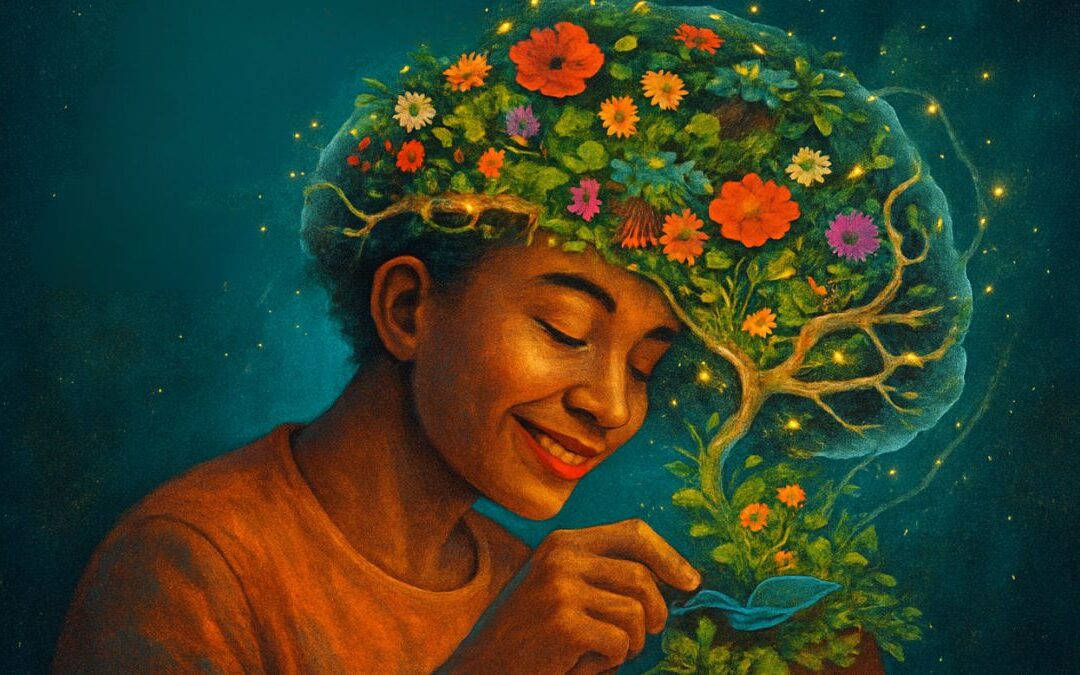
0 Comments